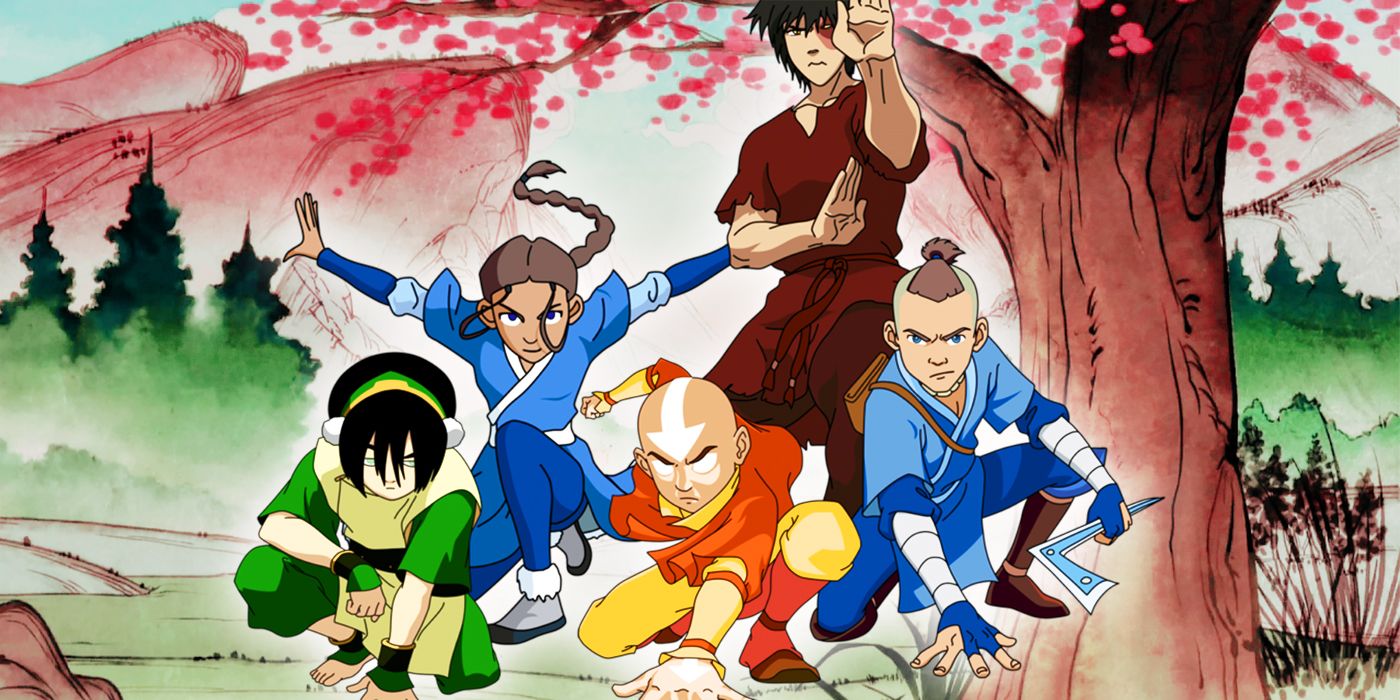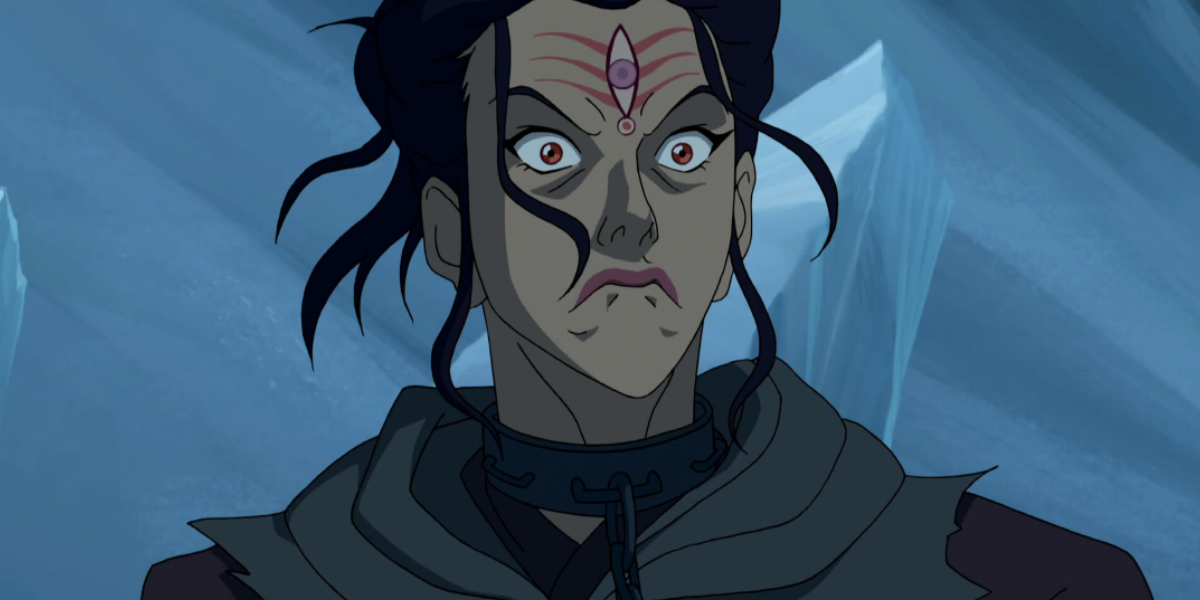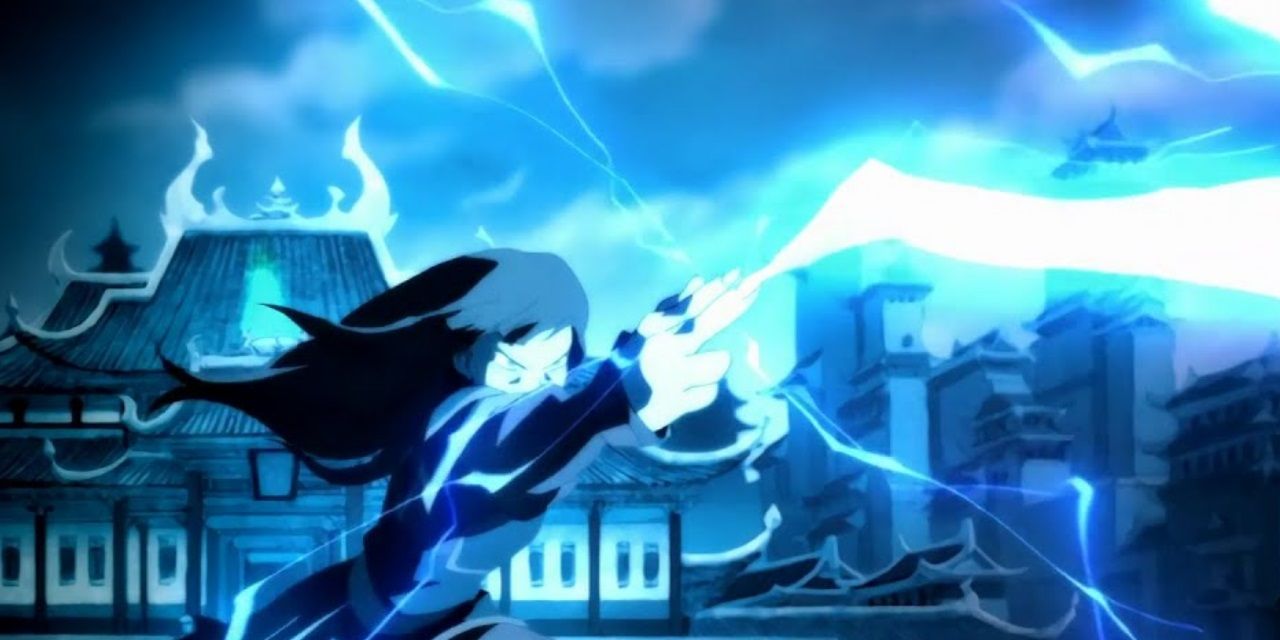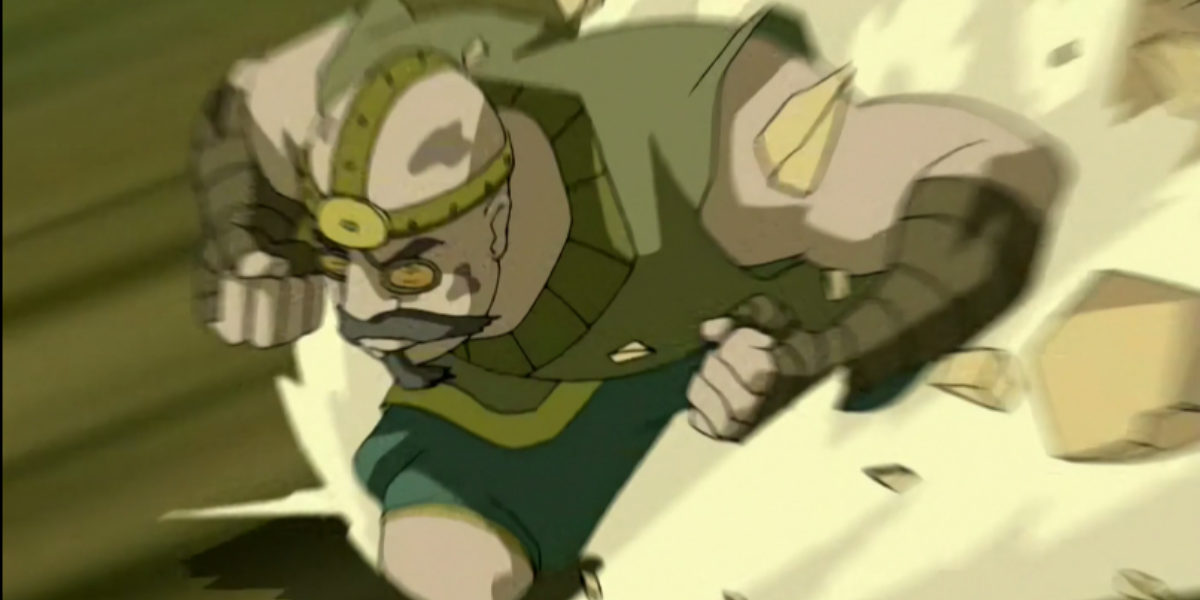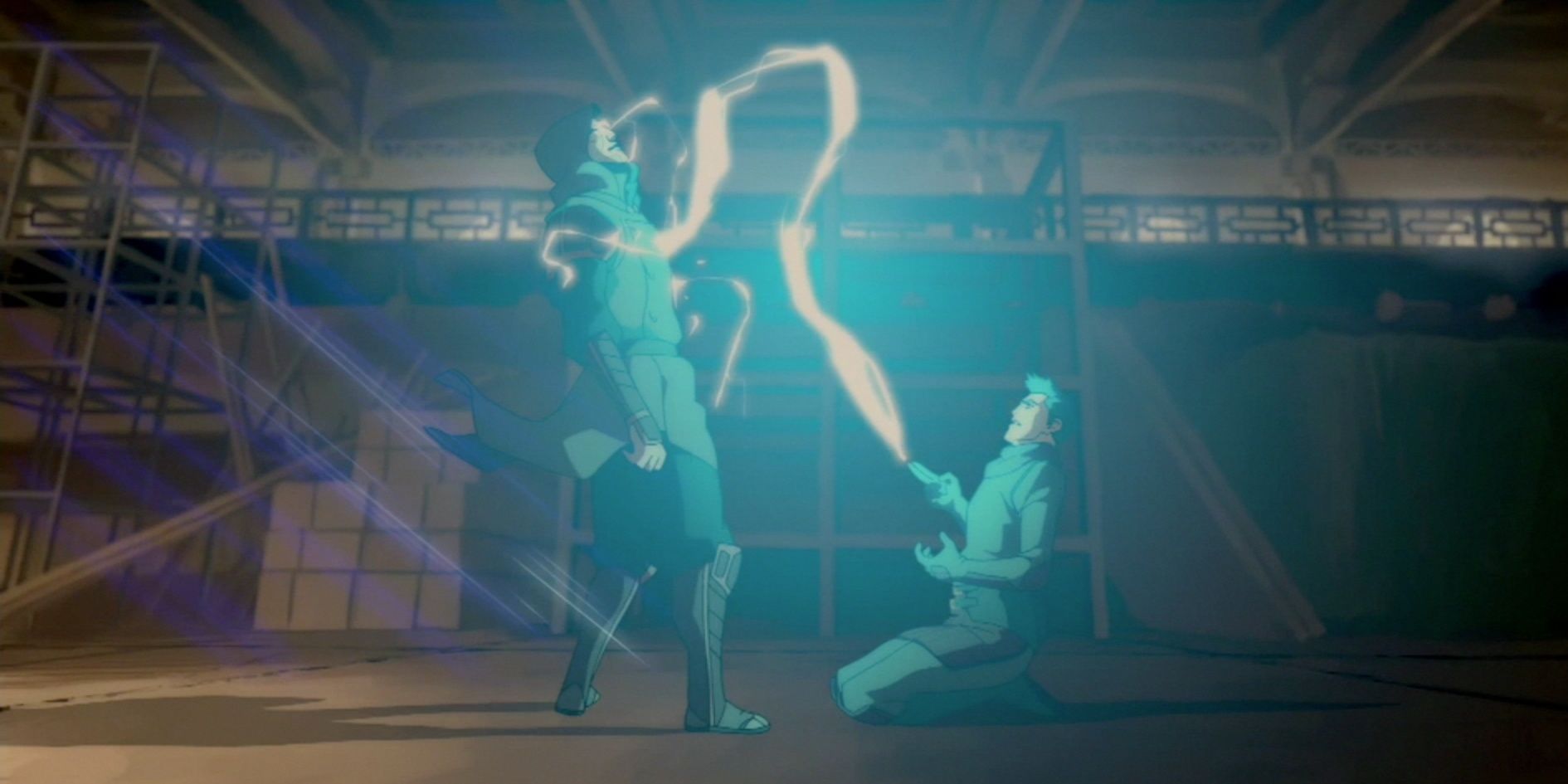The power on display in Avatar: The Last Airbender only grew more colossal over the course of the original series and continues to expand as the franchise branches out. Aang went from a playful kid unable to bend all four elements to a rampaging god monster in the series finale, and he wasn't the only character to soar to new heights with the Avatar world's power creep. By The Legend of Korra there were innovations made in all four bending arts that pushed their powers to new horizons -- and yet every one includes severe weaknesses.
In fan communities discussing Avatar battles, it's commonplace for fighters' abilities to be overstated and their weaknesses ignored. The fact is that nobody in Avatar is an unstoppable combatant, and many of the bending techniques that are viewed as unbeatable attacks have clear limitations. These drawbacks may not be as explicit as Hama describing the need for the full moon or platinum being an unbendable metal, but they're every bit as real when you pay attention to them.
Combustionbending Requires Breath
As mysterious as its two main users are, it's easy to forget that combustionbending itself is largely a mystery in the Avatar mythos. Introduced through the nameless assassin dubbed Combustion Man, the origins of the deadly bending art remained a mystery even as the Red Lotus member P'Li demonstrated it in The Legend of Korra. Combustionbending's best-known weakness saw an end to both benders: the volatility of the third eye that releases their explosive energy could backfire if struck at precisely the right time. But both benders also revealed a lesser-known requirement: breath.
Repeatedly, both Combustion Man and P'Li take in a large lungful of air before releasing a blast, with close-ups emphasizing how they suck it in through their nostrils and process it precisely with their diaphragms. Even if none of the characters pointed it out, they nevertheless took advantage of the spaces created in the combustionbenders' firing rate, ducking behind cover at opportune moments. The effect is that combustionbending is slower on the quickdraw than most bending attacks, and P'Li's surprise during her foiled kidnapping in Zaofu shows that her kneejerk response is to use typical firebending to defend herself. Combustion is too slow.
Lightning Requires Charging
One of the showiest sub-skills demonstrated in the series is lightningbending, which initially served as the prized art of the Fire Nation Royal Family before becoming increasingly common in the days of Korra. Though Iroh delves into a more in-depth explanation of the art than we often get with bending techniques, he never mentions the charge time that seems clearly tied to the ability's potency. There is a clear correlation between the time a lightning bolt takes to charge in its wielder's windup and the power it demonstrates.
Azula is perhaps the best example. In "The Avatar State" and "The Chase," Azula destroys vast amounts of stone when she takes the time to wind her blasts up first. Her charged blast in the series finale nearly kills Zuko. But when she develops the ability to instantly produce lightning in the comics, Zuko shrugs off her blasts with little issue. This limitation is seen elsewhere, such as when Mako zapping Amon only briefly put the bloodbender down and when Xu Ping An outdrew Kyoshi in their duel but did not kill her. It seems if you want to lightningbend quickly, power must be sacrificed for speed.
Breathbending Requires Time
Suffering even greater time constraints than lightningbending is breathbending, the lethal technique demonstrated only twice in the series. Given how peaceful most Airbenders are, it is rare that the element is wielded with such deadly efficiency. For that reason, it proves tempting for fans to imagine what it might be able to do if it were really let loose. In the tried and true tradition of using "if this wasn't a kid's show" as an excuse to imagine characters capable of wreaking all sorts of mayhem, fans quite often assume breathbenders can just drain their opponents of oxygen and claim instant victory. But they can't.
The dark ability such fans dream of is utilized by Zaheer, and both times he uses it, breathbending does not prove to be the gruesomely effective fatality it's imagined to be. It takes such a large amount of windup that he can't even execute Korra with the method before getting interrupted. Even when it works against the Earth Queen (an elderly nonbending woman with no known fighting experience), it takes so long that it would be all but irrelevant in a fight. As it is, this technique is little more than dramatic flair.
Earthbenders Can't Fight Underground
Keeping in line with fan imaginations running a bit wild, discussions of Avatar fights involving earthbenders will periodically include the ultra-rational strategy of an earthbender tunneling into the ground for cover and then fighting from a vantage point where the opponent can't hit them. The strategy seems appealing -- especially given Toph's seismic sense -- and as a tactical advantage, you can't beat being the only fighter in a duel who can do any damage. There's only one problem: it's impossible.
Tunneling is rarely used in Avatar combat, with Toph and Bumi both showing they're comfortably capable of it outside a fight but rarely integrating it into their attacks. Even The Gopher, the underground fighter from Earth Rumble VI, had to surface in order to attack. Though it's never explicitly stated, there must be some limitation barring off the strategy. It could be that maintaining a tunnel is too complex to coordinate with an attack, or draining enough that the limited air supply becomes a problem. But for as effective as the strategy seems, the top-level benders like Toph, Bumi, Yun, and all of the Avatars never come close to using it.
Bloodbending Has TONS of Weaknesses
The grand champion of overhyped abilities in Avatar is bloodbending, and it's somewhat easy to see why. First introduced through Hama in the original series, it seemed that requiring a full moon to use waterbending to manipulate the bodies of living creatures was the only limitation against the powerful ability. With The Legend of Korra breaking that requirement for Yakone, Tarrlok, and Amon it seemed limitless, and the limited range of motion they needed only made it seem all the more unbeatable. But it wasn't. It was defeated -- several times.
Other bloodbenders resist it. Aang resists it in the Avatar State, Mako resists it long enough to let off a shot of lightning, and Korra resists it long enough to get off air blasts even when Amon has his full focus on her. The ability seems to require immense concentration and can only restrain or briefly incapacitate a target. Even under ideal conditions, it can be physically overpowered by brute force long enough for a counterattack to break the bloodbender's focus. Toss in other factors like mobility, surprise, and the number of bending techniques that require a minimal range of motion, and bloodbenders are far from the overpowered behemoth fighters they're built up to be.

